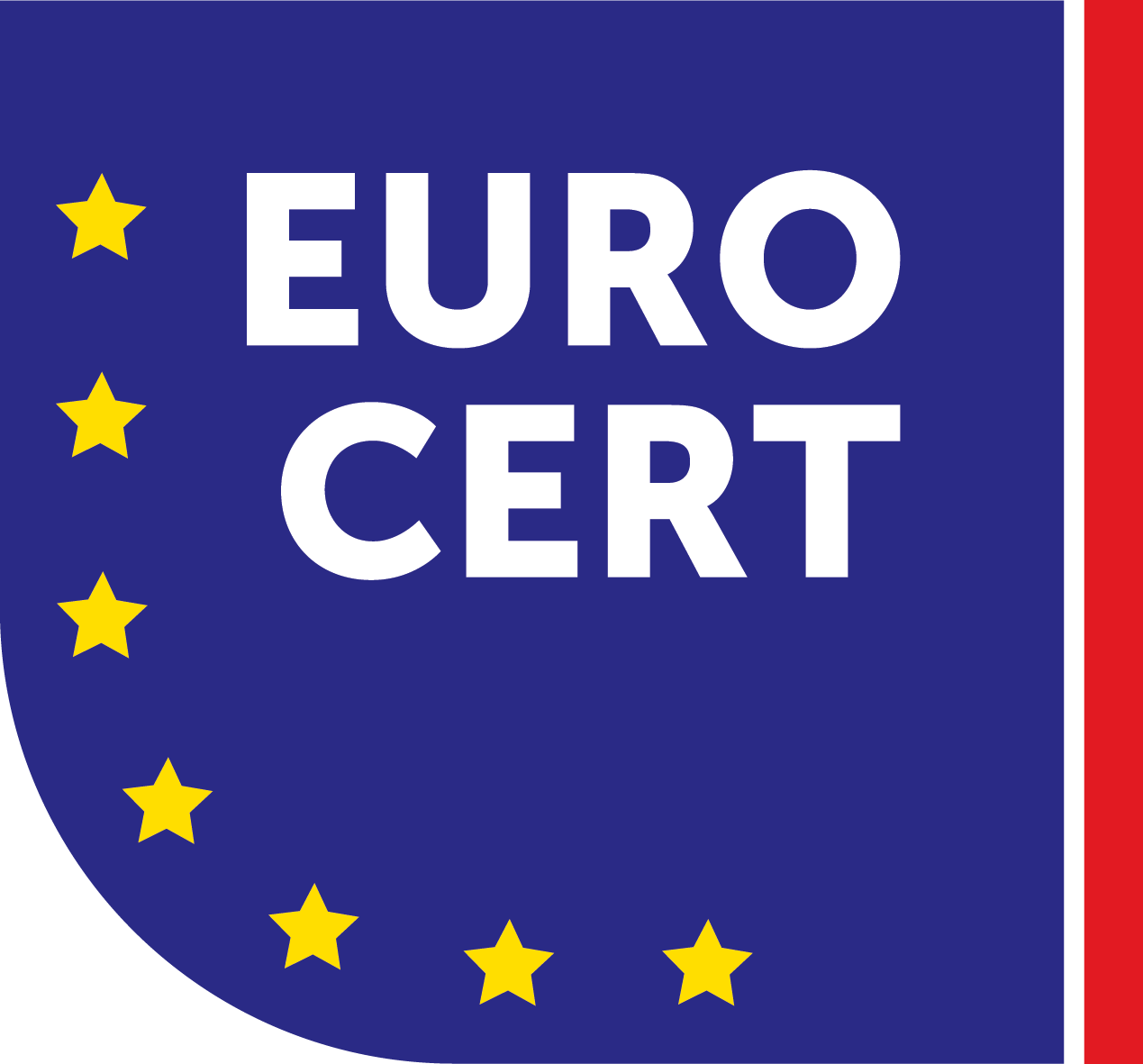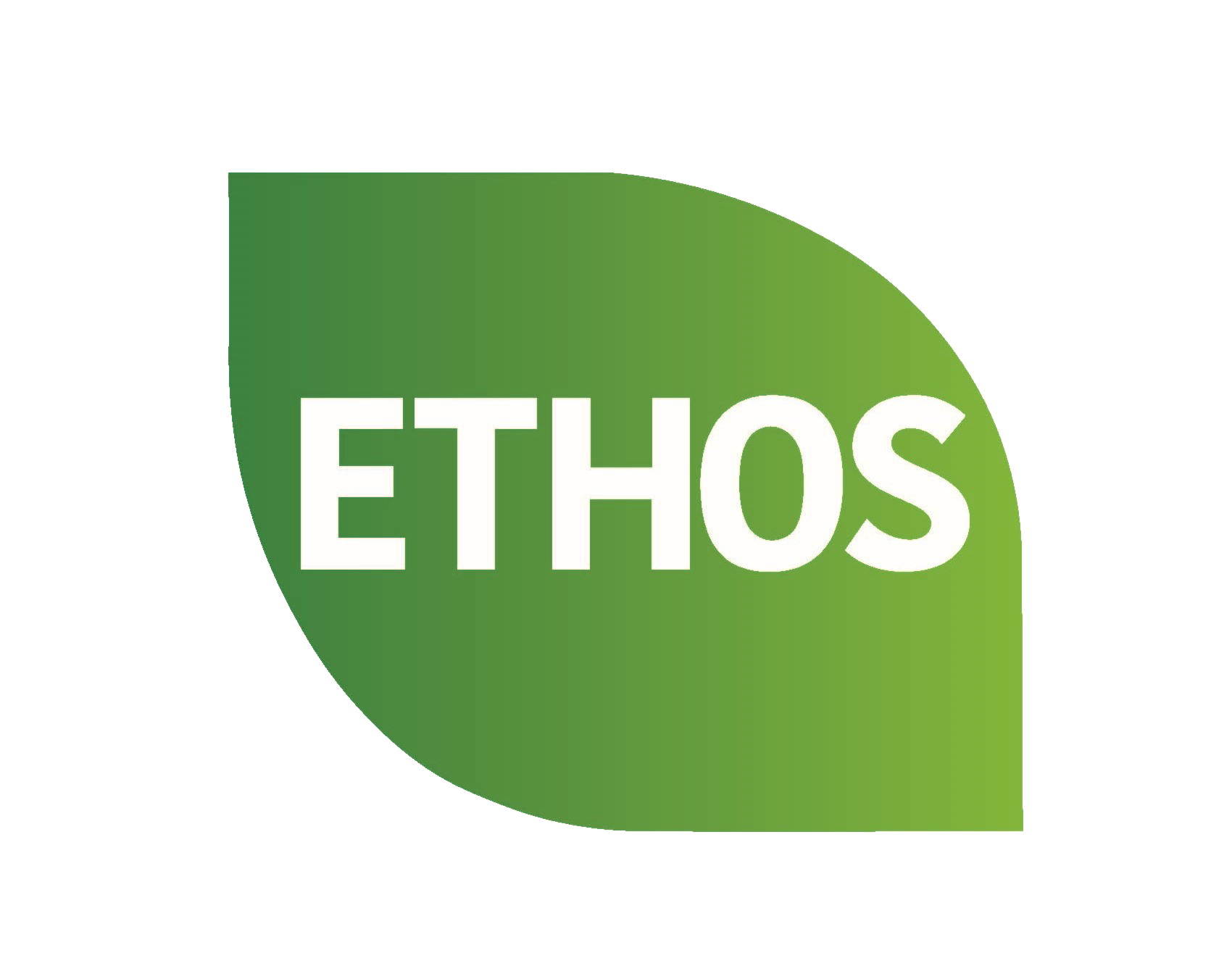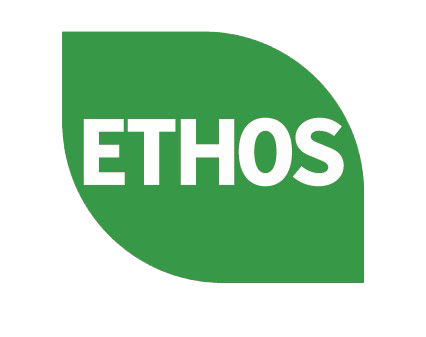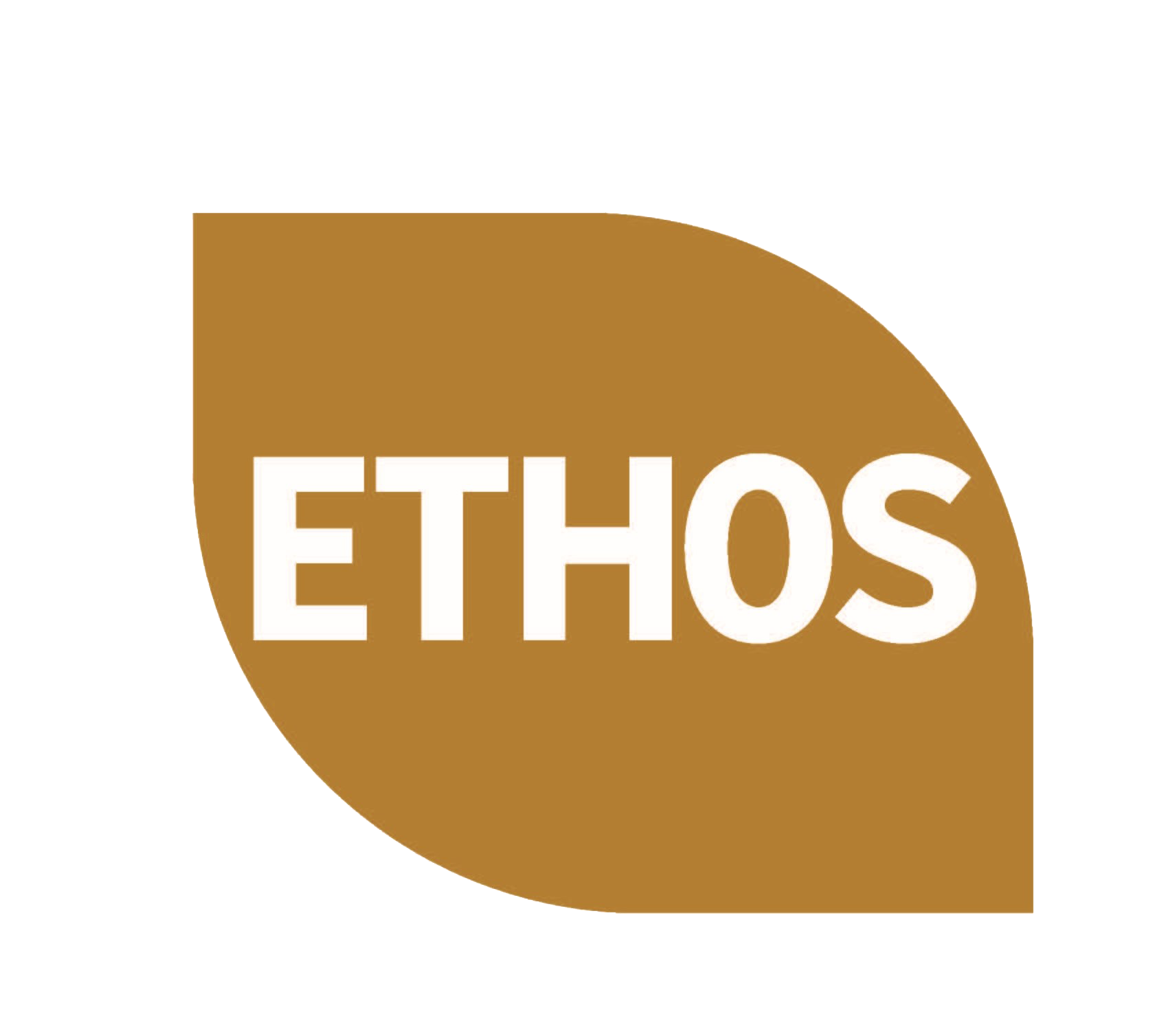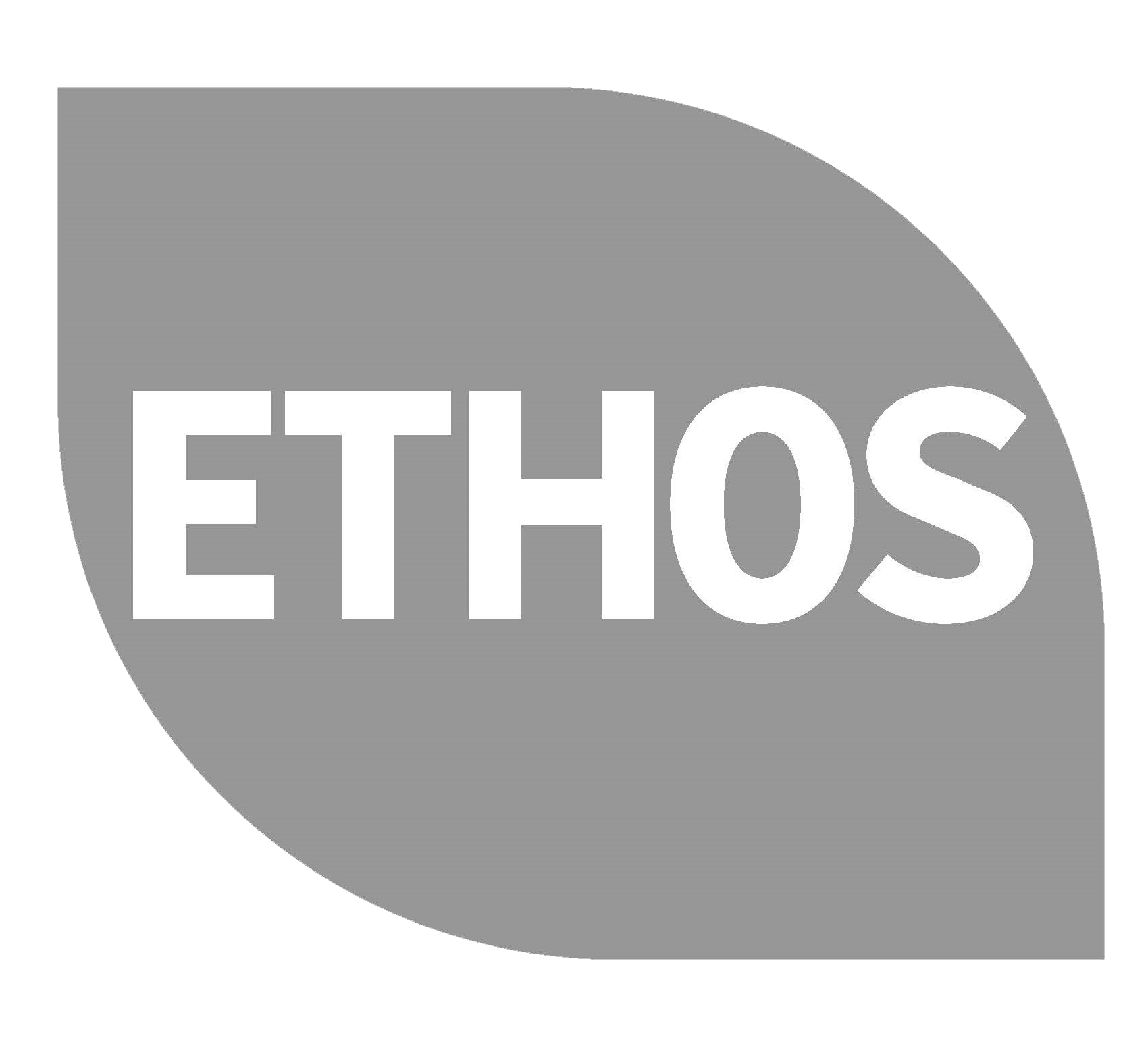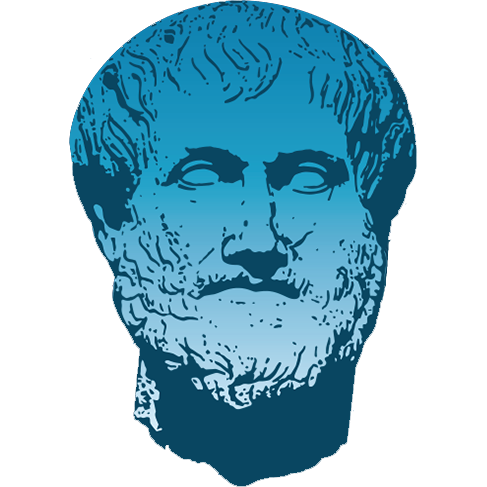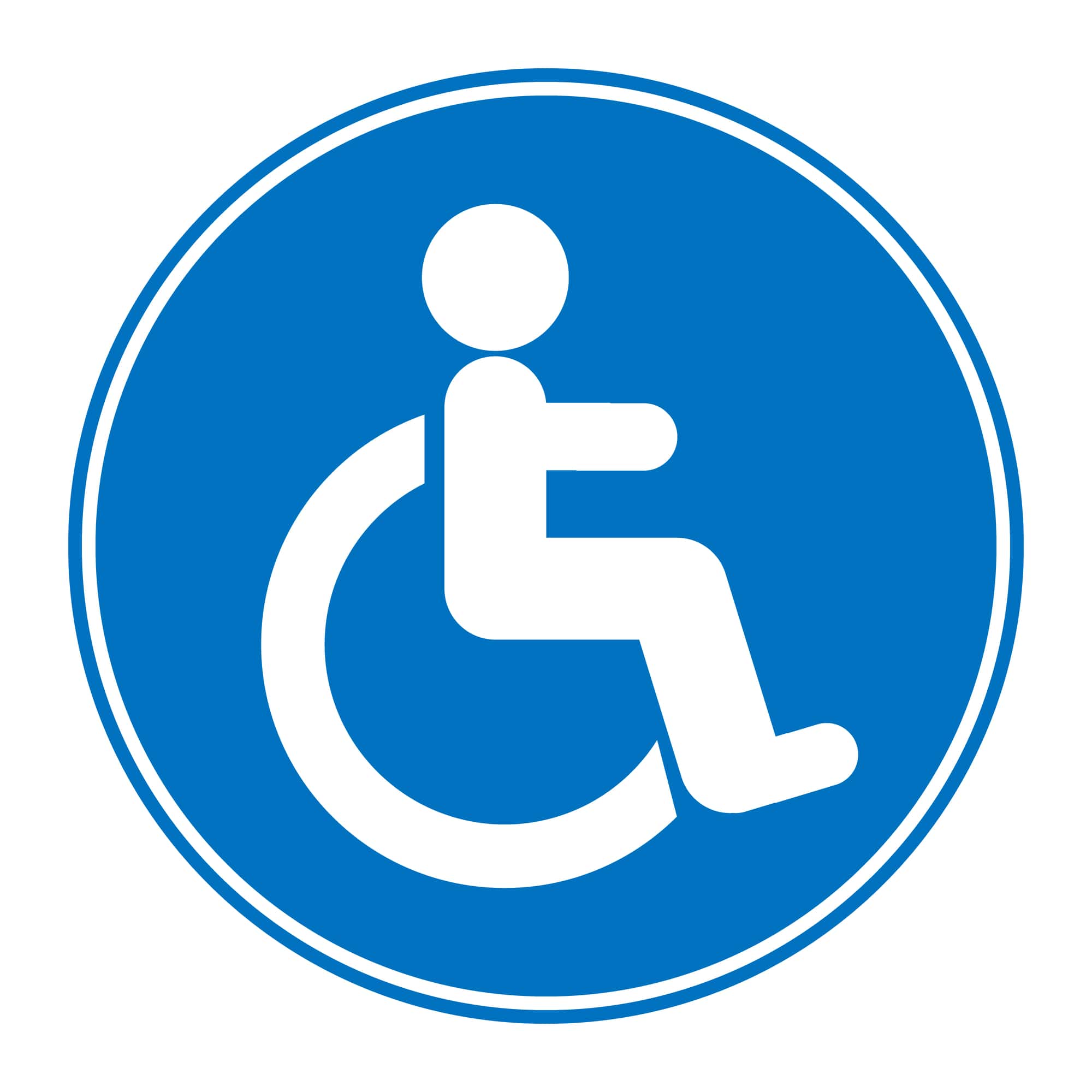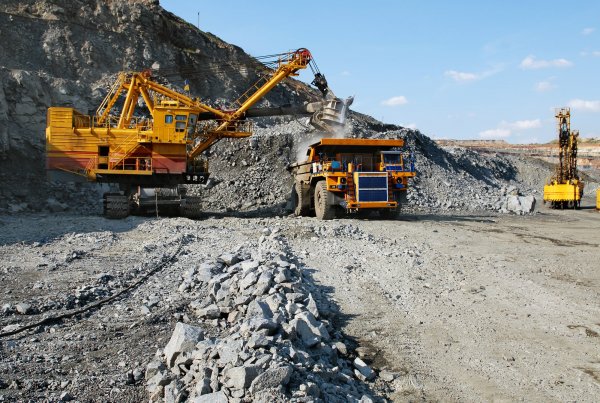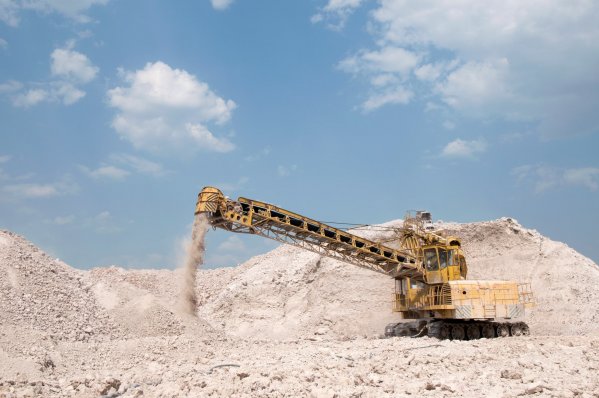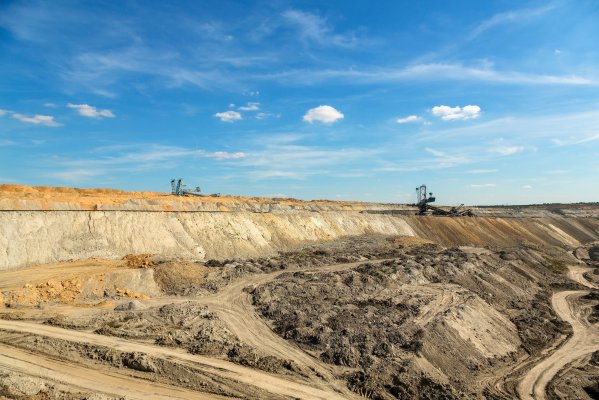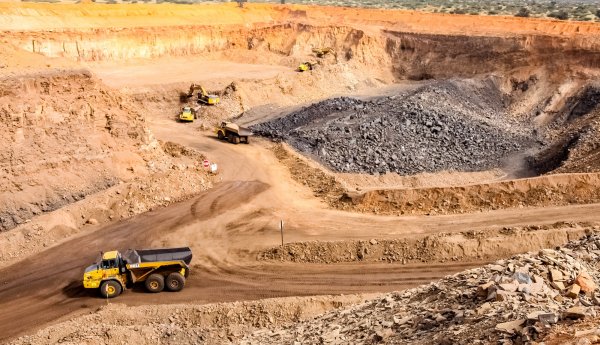raw material inputs and assesses their alignment with the five-step framework of the OECD Guidance.
It includes an analysis of the smelter’s:
Internal Management Systems, including:
- Responsible Sourcing Policy
- Management Structure
- Internal Material Control Systems
- Supplier Engagement
- Supply Chain Control and Transparency System, including sourcing traceability and origin determination.
- Identification and assessment of supply-chain risk(s).
- Risk management program and related activities.
- Public reporting on supply-chain due diligence.
